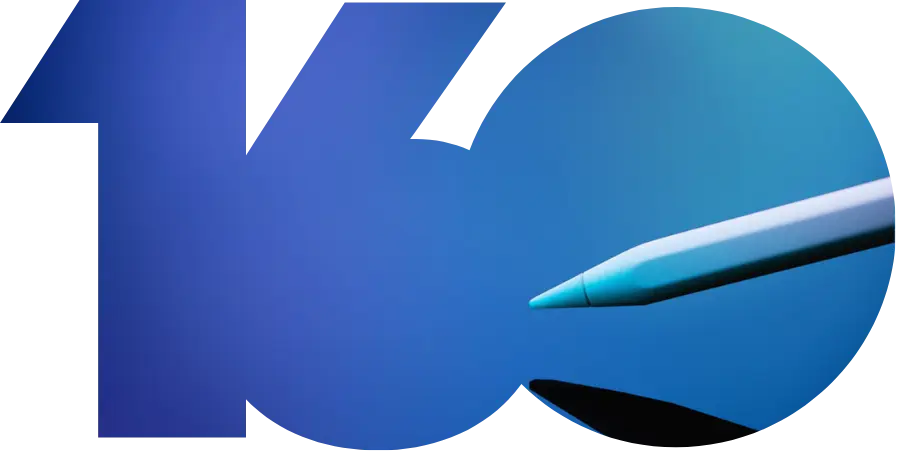The story of ITU
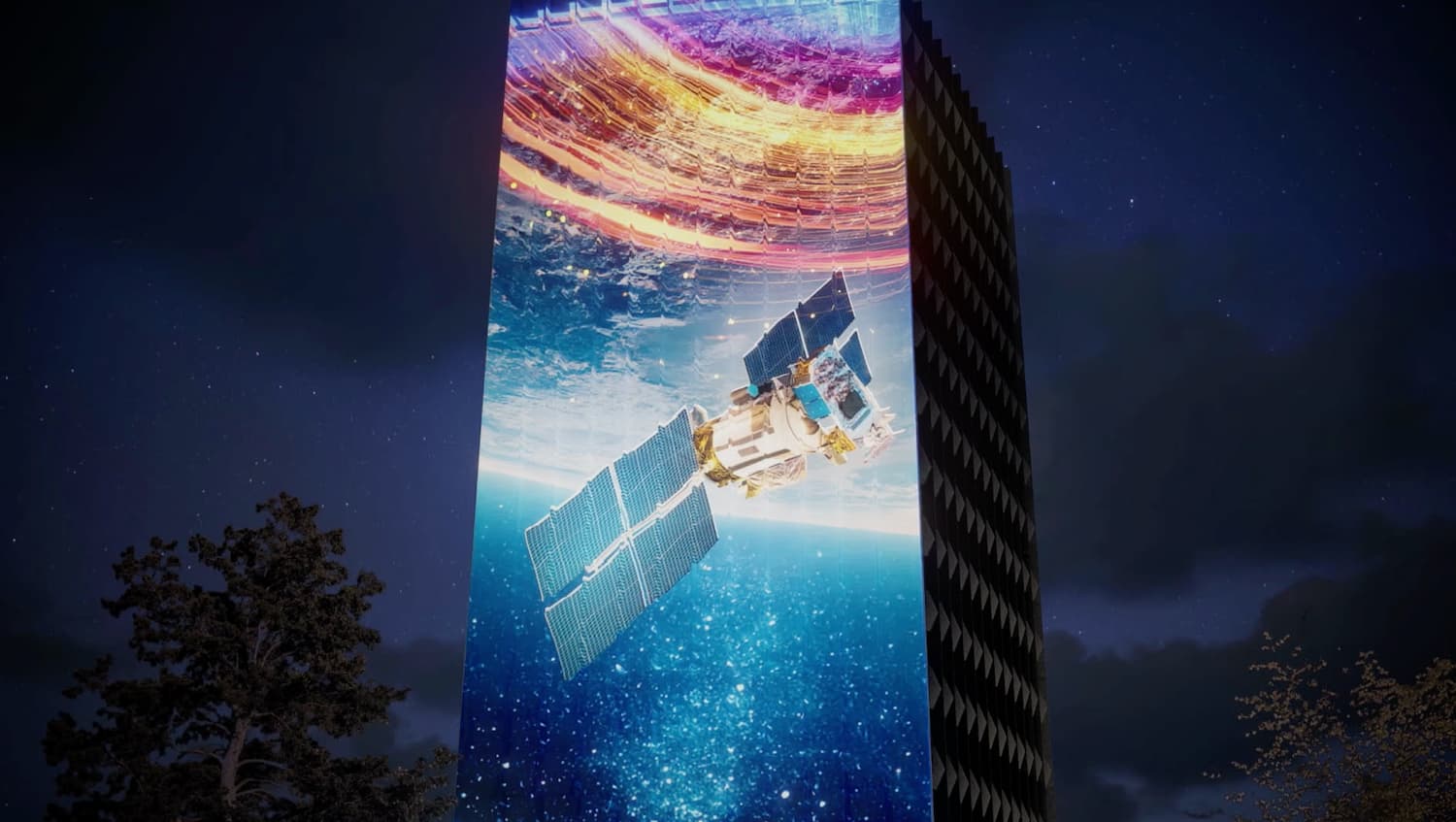
160 years of technology for humanity
We invite you to dive deeper into the story of the International Telecommunication Union (ITU).
For 160 years, ITU has helped people connect — across borders, generations, and waves of innovation — always in service of technology for humanity.
From the first telegraph signals to today’s AI and quantum technologies, here’s how the world got #ConnectedByITU.
This experience is part of our campaign to commemorate 160 years of impact and mark the beginning of our next chapter.

Good evening, Geneva, Switzerland and the world!
The beep you just heard? That was the sound of the electric telegraph: the “big bang” of global communications.
That signal marked my beginning.
I am the International Telecommunication Union, the United Nations agency for digital technologies.
People who know me call me ITU.
I am pleased to take you on a journey through 160 years of technology for humanity – right here on my Tower. Learn about ITU
The beep you just heard? That was the sound of the electric telegraph: the “big bang” of global communications.
That signal marked my beginning.
I am the International Telecommunication Union, the United Nations agency for digital technologies.
People who know me call me ITU.
I am pleased to take you on a journey through 160 years of technology for humanity – right here on my Tower. Learn about ITU

It all started with a breakthrough: messages could travel long distances in a very short time.
But there was a problem.
Whenever messages crossed a national border, they had to be stopped and translated into a different system.
This caused delays and made it expensive to send messages.
To fix this, 20 countries met in Paris in the spring of 1865 to create a universal system that would make it easier for people in different countries to communicate.
On 17 May 1865, they created me to coordinate and regulate this rapidly evolving technology – for the benefit of humanity. Explore our history (1865 – 1890s)
But there was a problem.
Whenever messages crossed a national border, they had to be stopped and translated into a different system.
This caused delays and made it expensive to send messages.
To fix this, 20 countries met in Paris in the spring of 1865 to create a universal system that would make it easier for people in different countries to communicate.
On 17 May 1865, they created me to coordinate and regulate this rapidly evolving technology – for the benefit of humanity. Explore our history (1865 – 1890s)

Shortly before, in 1858, the first telegraph cable was laid between Europe and America.
Today, nearly all Internet traffic travels via cables under the sea.
These cables are the lifelines of the global digital economy, but they are also vulnerable to damage and disruption.
I promote and facilitate efforts to enhance the resilience of submarine cables. Discover how we are building resilient connectivity
Today, nearly all Internet traffic travels via cables under the sea.
These cables are the lifelines of the global digital economy, but they are also vulnerable to damage and disruption.
I promote and facilitate efforts to enhance the resilience of submarine cables. Discover how we are building resilient connectivity
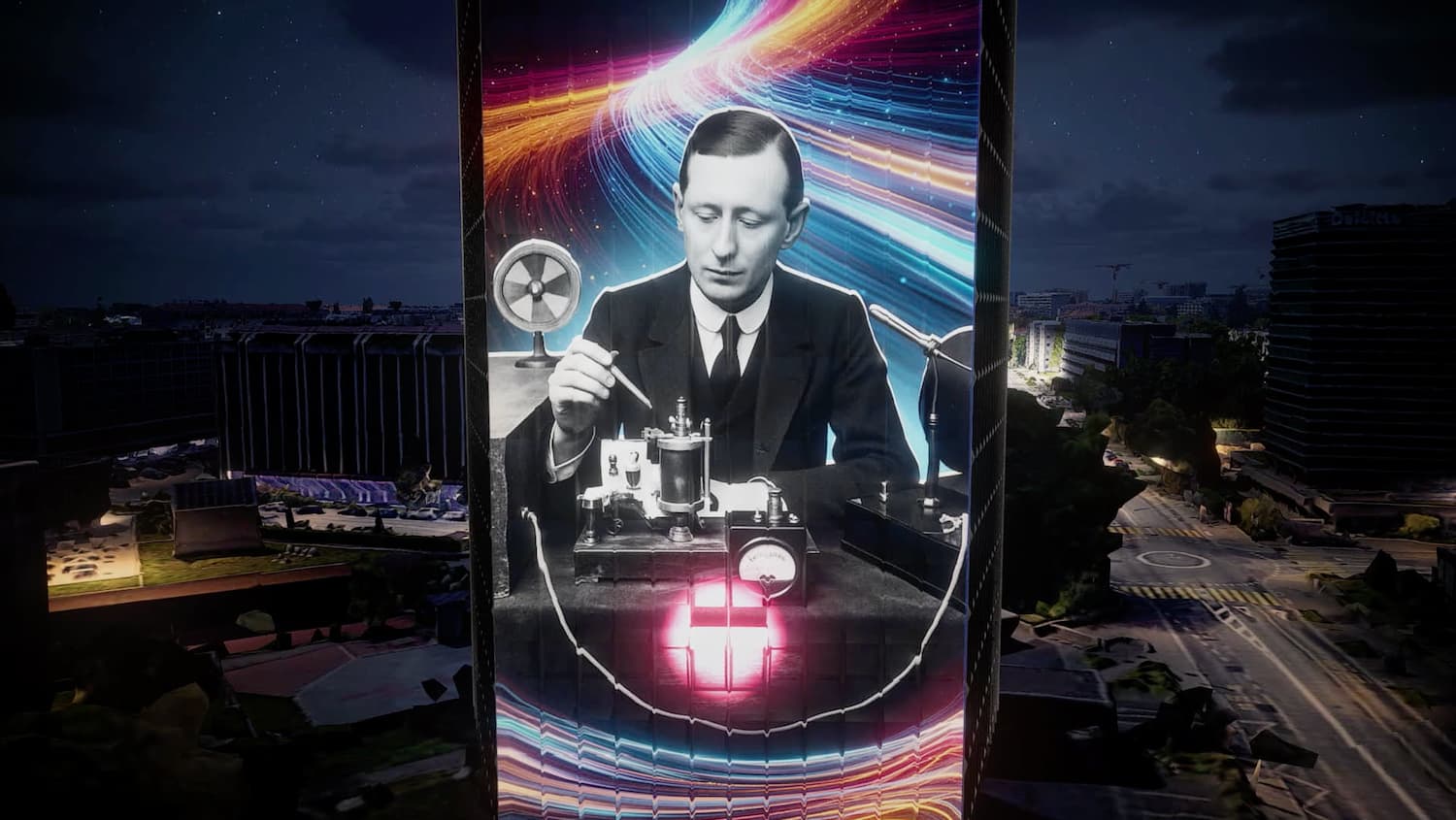
We also communicate using radio waves which are all around us.
They’re invisible, natural, limited resources.
In 1897, the first radio communication sent sound through the air — without wires — over 14 km.
Since 1906, I have coordinated the global use of the radio spectrum through the international agreement known as the ITU Radio Regulations.
I make sure that the growing number of services that use radio waves — from mobile phones to satellites — can work without getting in each other’s way. Explore our work in radiocommunications
They’re invisible, natural, limited resources.
In 1897, the first radio communication sent sound through the air — without wires — over 14 km.
Since 1906, I have coordinated the global use of the radio spectrum through the international agreement known as the ITU Radio Regulations.
I make sure that the growing number of services that use radio waves — from mobile phones to satellites — can work without getting in each other’s way. Explore our work in radiocommunications
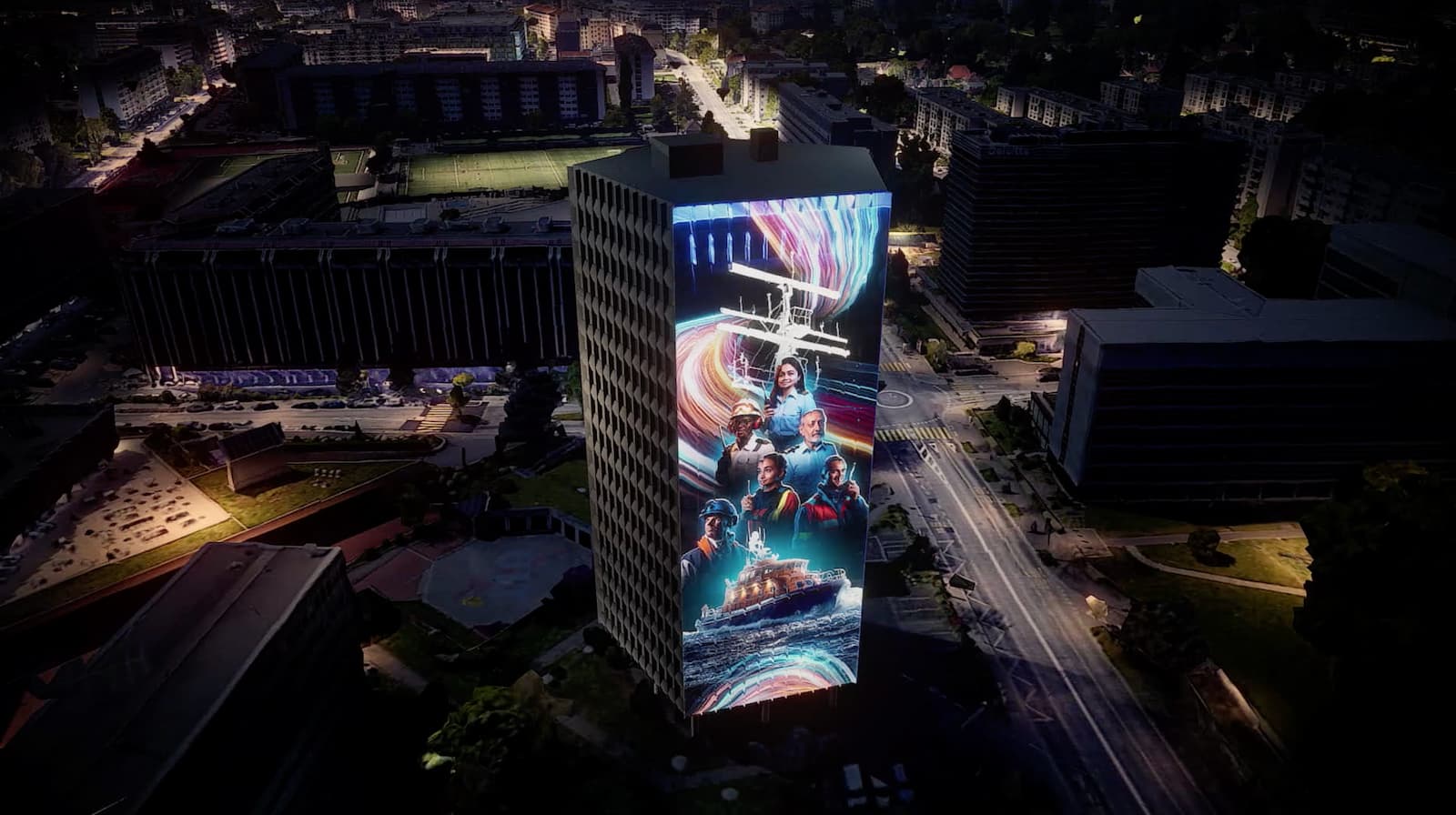
That same year, I established “S.O.S.” as the international distress signal at sea.
Today, eighty per cent of global goods are transported by sea.
I provide rules and frequency resources that help ships communicate and navigate reliably and securely.
To keep the global economy moving and bring people to any place in the world, I work with the International Maritime Organization. Learn how radiocommunications is keeping ships and people safe at sea
Today, eighty per cent of global goods are transported by sea.
I provide rules and frequency resources that help ships communicate and navigate reliably and securely.
To keep the global economy moving and bring people to any place in the world, I work with the International Maritime Organization. Learn how radiocommunications is keeping ships and people safe at sea

In the late 1950s, the first satellites launched us into the wonder of the space era.
Just a few years later, I began ensuring fair and reliable access to satellites on orbits – for ITU Member States that need them.
Thanks to this, you can navigate without a paper map, check the weather before getting on your bike, stream podcasts on the train, and much more. Discover how we’re promoting responsible use of space
Just a few years later, I began ensuring fair and reliable access to satellites on orbits – for ITU Member States that need them.
Thanks to this, you can navigate without a paper map, check the weather before getting on your bike, stream podcasts on the train, and much more. Discover how we’re promoting responsible use of space
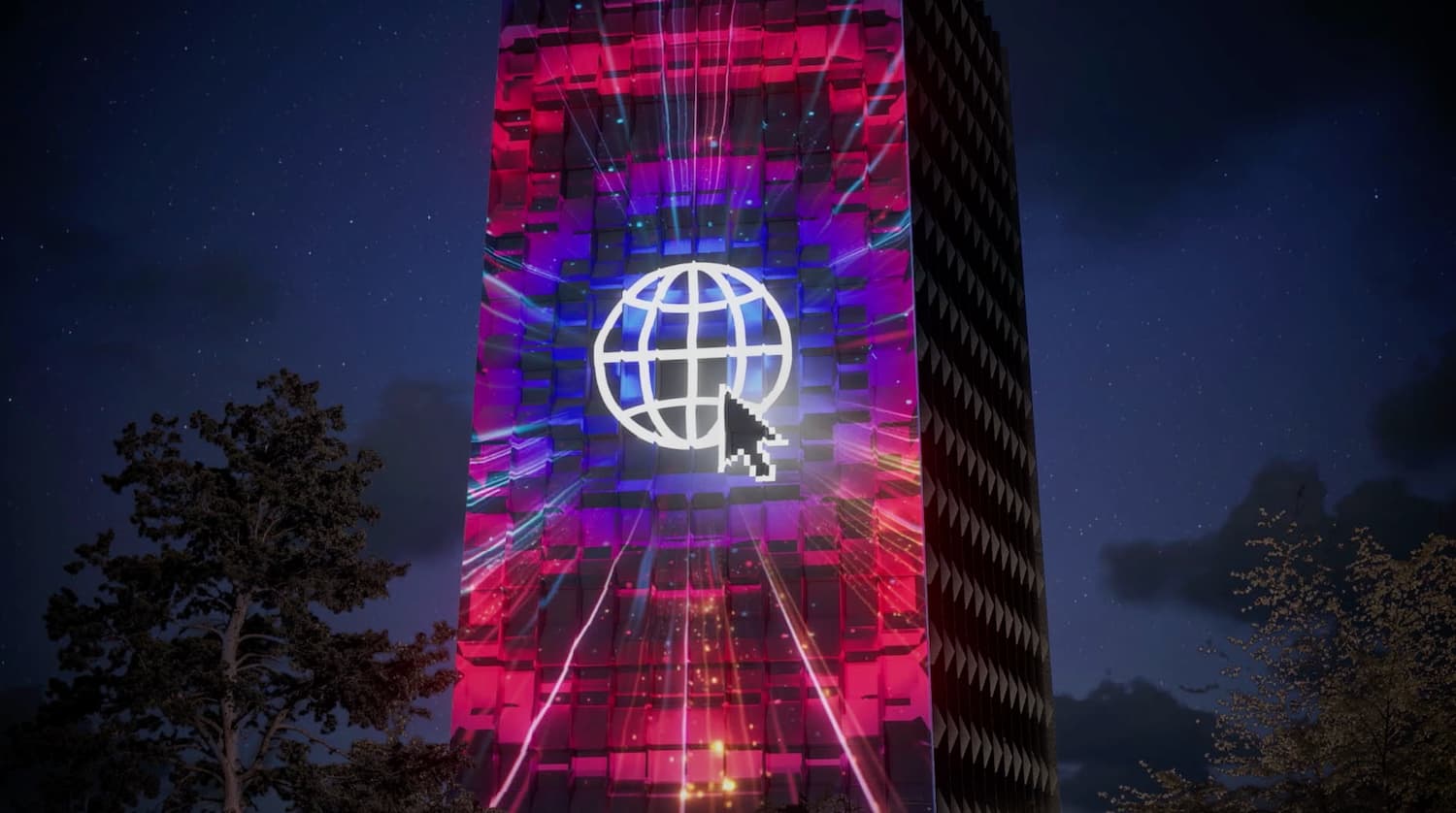
Many of us use the Internet to learn, work, shop and play.
In 1976, I published an important Internet standard which allowed different computer networks to speak to each other and work together.
It laid the foundation for the modern Internet.
Thanks to me, you can now send messages, watch films, and look at your socials in a car, at home, on a bus, on planes, at sea… all from the palm of your hand! Learn about our standardization work
In 1976, I published an important Internet standard which allowed different computer networks to speak to each other and work together.
It laid the foundation for the modern Internet.
Thanks to me, you can now send messages, watch films, and look at your socials in a car, at home, on a bus, on planes, at sea… all from the palm of your hand! Learn about our standardization work
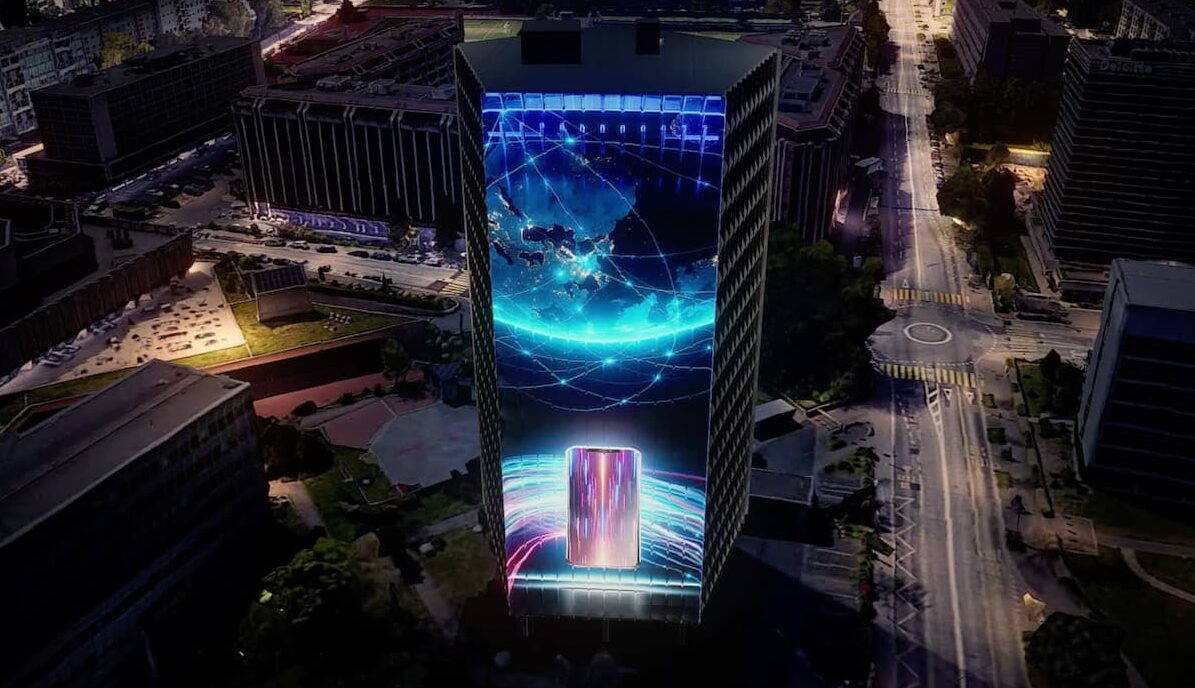
Every time you call someone abroad, you are #ConnectedByITU….
Since 1984, I’ve given each country its own country code – Switzerland’s code is +41.
So every call knows where to go.
I also manage the world’s emergency phone numbers, from 112 to 999 to 911! Discover why ITU-assigned numbering ranges are critical
Since 1984, I’ve given each country its own country code – Switzerland’s code is +41.
So every call knows where to go.
I also manage the world’s emergency phone numbers, from 112 to 999 to 911! Discover why ITU-assigned numbering ranges are critical
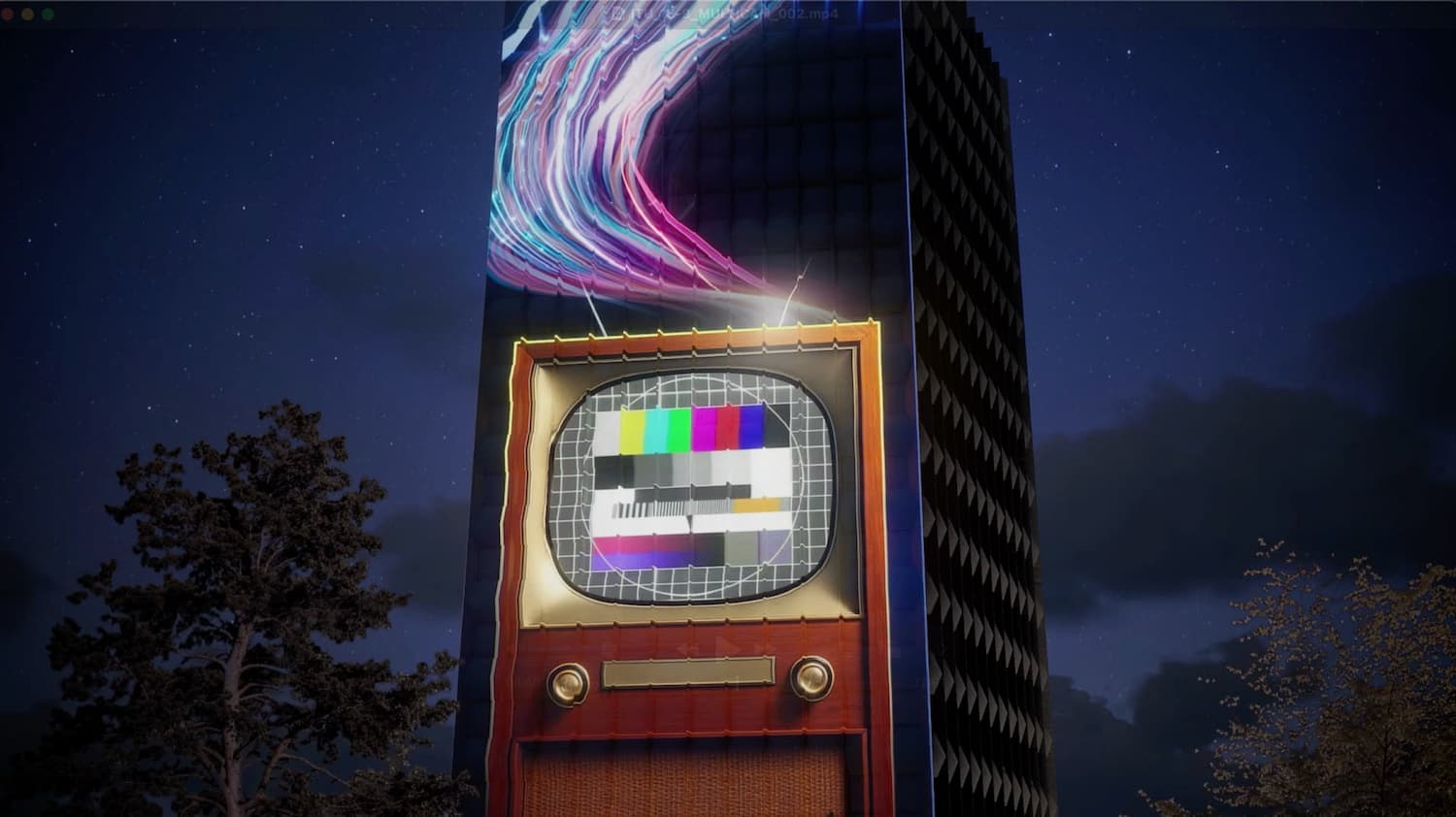
The same year, I issued the world’s first standard for compressing digital video – making files lighter, easier to store, and faster to stream.
The MPEG-1 standard was just the beginning.
Over time, I have been bringing ever more true-to-life color and vision for your viewing pleasure.
My video and image coding standards earned me six Emmy Awards for outstanding achievement in television. Explore our award winning work in TV standards
The MPEG-1 standard was just the beginning.
Over time, I have been bringing ever more true-to-life color and vision for your viewing pleasure.
My video and image coding standards earned me six Emmy Awards for outstanding achievement in television. Explore our award winning work in TV standards
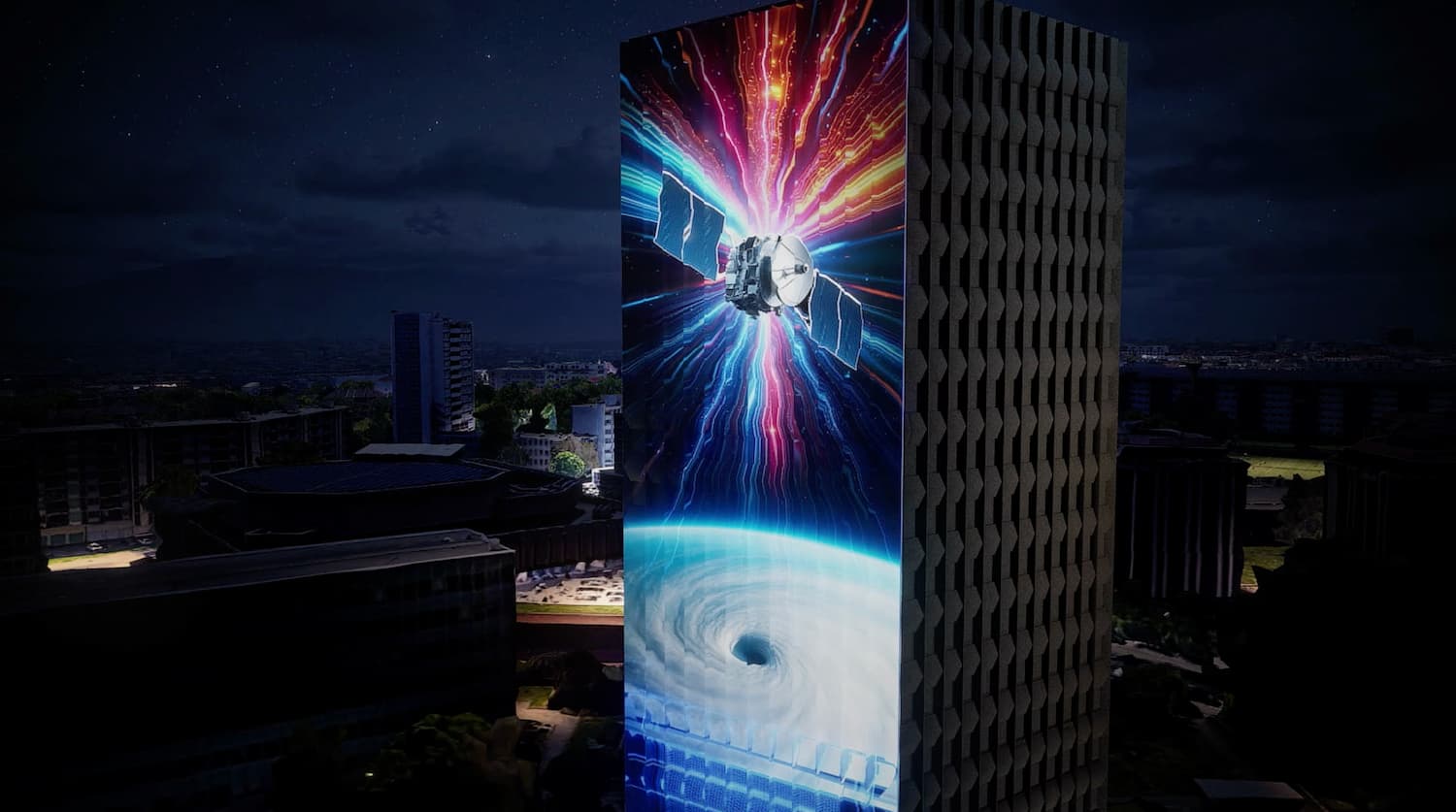
We see and feel the effects: heatwaves, storms, floods and droughts are on the rise.
I work with the United Nations family, including my neighbor, the World Meteorological Organization, to use digital technologies to bring you early warnings.
The warnings alert people in danger and save lives. Learn about our disaster management initiatives
I work with the United Nations family, including my neighbor, the World Meteorological Organization, to use digital technologies to bring you early warnings.
The warnings alert people in danger and save lives. Learn about our disaster management initiatives
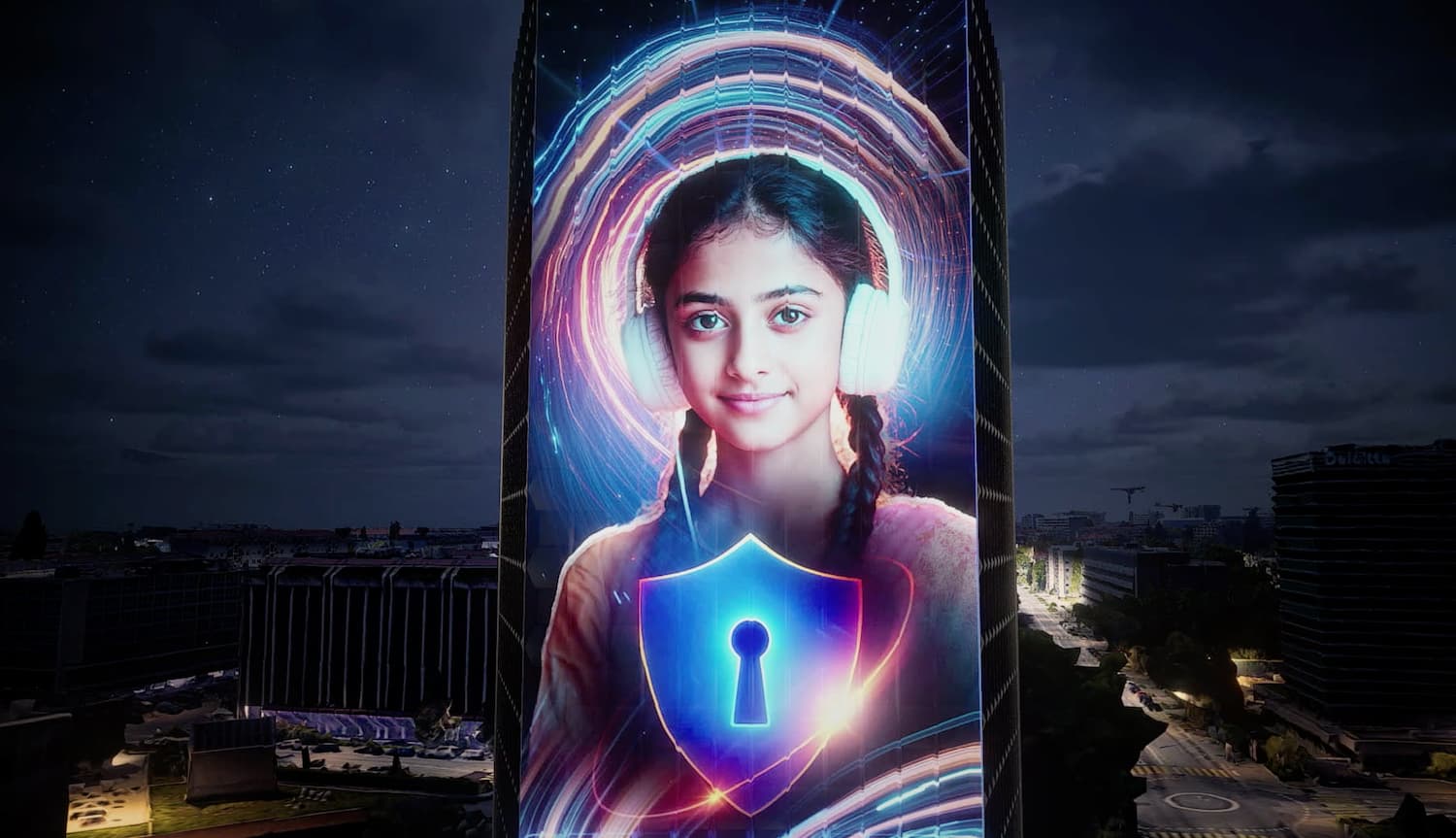
Your ears are vulnerable like eggs – if they crack, no way back! I collaborate with the World Health Organization up the hill to develop standards that protect your hearing, especially when you’re listening to music or playing video games.
We also work together on how artificial intelligence can improve health around the world.
I am also there to help you to stay safe and have fun online when you start exploring the Internet—whether you’re talking with friends, watching videos, or gaming.
Remember: think before you click, protect your personal information, be kind to others online, and always speak up if something doesn’t feel right. Learn about child online protection
We also work together on how artificial intelligence can improve health around the world.
I am also there to help you to stay safe and have fun online when you start exploring the Internet—whether you’re talking with friends, watching videos, or gaming.
Remember: think before you click, protect your personal information, be kind to others online, and always speak up if something doesn’t feel right. Learn about child online protection

Connecting schools opens up a whole world of knowledge.
Together with UNICEF, I lead the Giga initiative which stands out for its ambitious goal of supporting governments to connect every school to the Internet by the year 2030.
So far, Giga has mapped over 2.1 million schools in 142 countries using technologies such as satellite imagery and machine learning. Learn more about Giga
Together with UNICEF, I lead the Giga initiative which stands out for its ambitious goal of supporting governments to connect every school to the Internet by the year 2030.
So far, Giga has mapped over 2.1 million schools in 142 countries using technologies such as satellite imagery and machine learning. Learn more about Giga
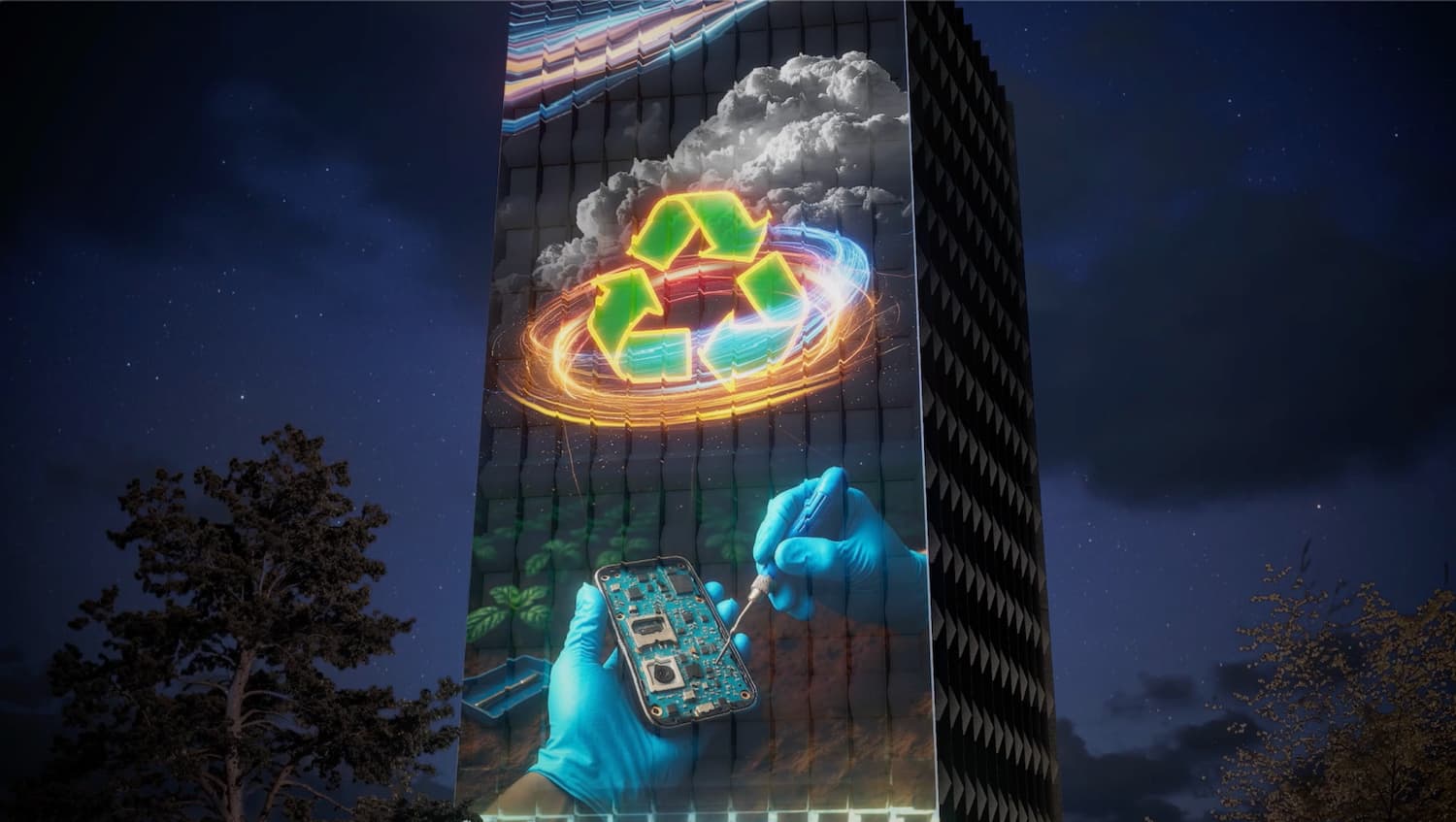
In 2022 alone, the world generated 62 billion kilogrammes of electronic waste.
I support countries in developing their regulation to help manage e-waste.
You can play a part, too:
By reusing, recycling, reducing or repairing your phones and computers, you help cut pollution and save energy. Discover our work in greening digital technologies
I support countries in developing their regulation to help manage e-waste.
You can play a part, too:
By reusing, recycling, reducing or repairing your phones and computers, you help cut pollution and save energy. Discover our work in greening digital technologies
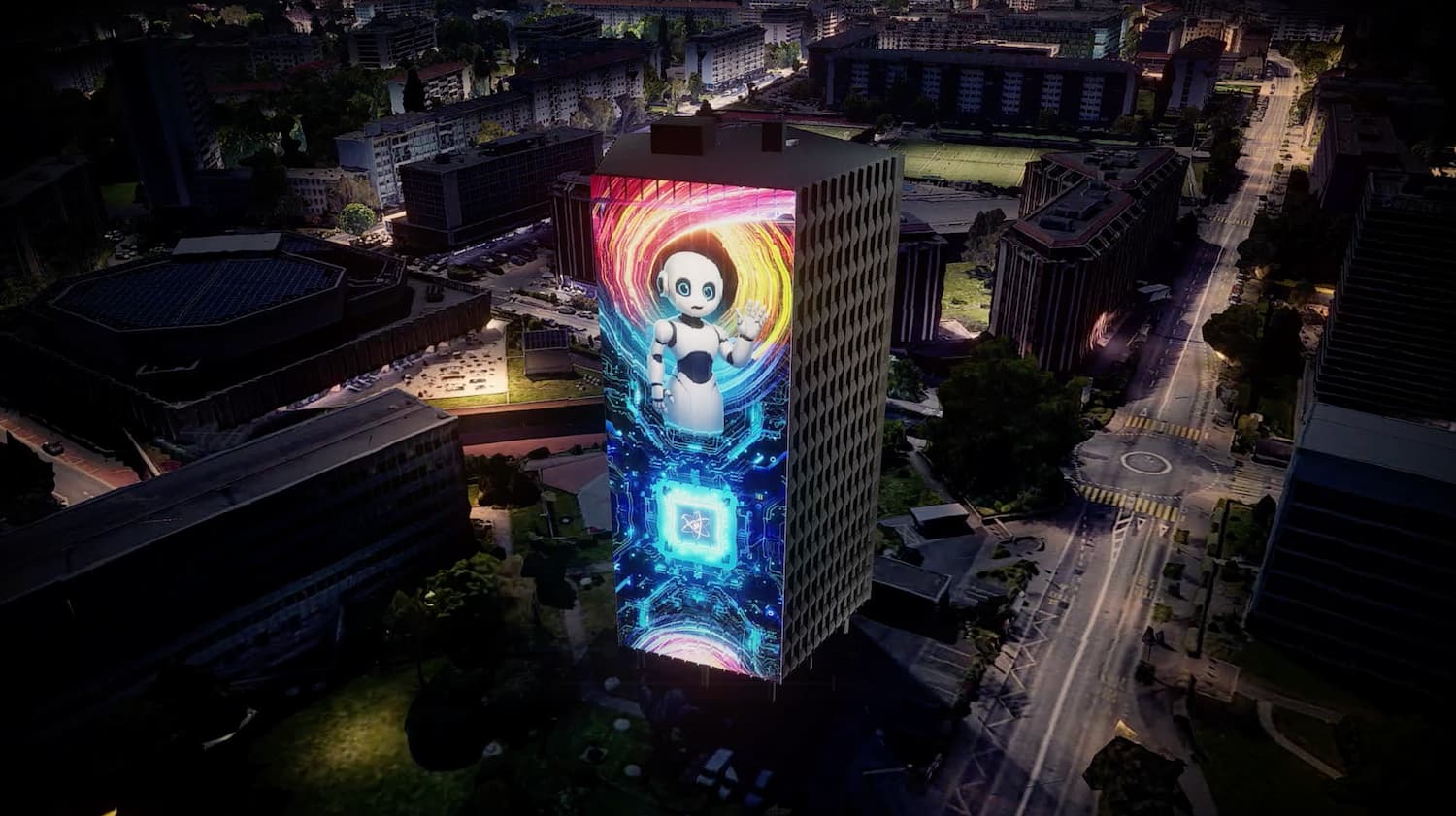
Emerging technologies like artificial intelligence and quantum computing are reshaping our world, promising faster, safer, and smarter connectivity.
But we must make sure they bridge divides — not widen them.
Today, about one-third of humanity…2.6 billion people… is still offline.
I bring leaders, businesses, governments and young innovators to the same table so they can work together to use new technologies for the best of humanity. Explore how we’re harnessing AI for humanity
But we must make sure they bridge divides — not widen them.
Today, about one-third of humanity…2.6 billion people… is still offline.
I bring leaders, businesses, governments and young innovators to the same table so they can work together to use new technologies for the best of humanity. Explore how we’re harnessing AI for humanity
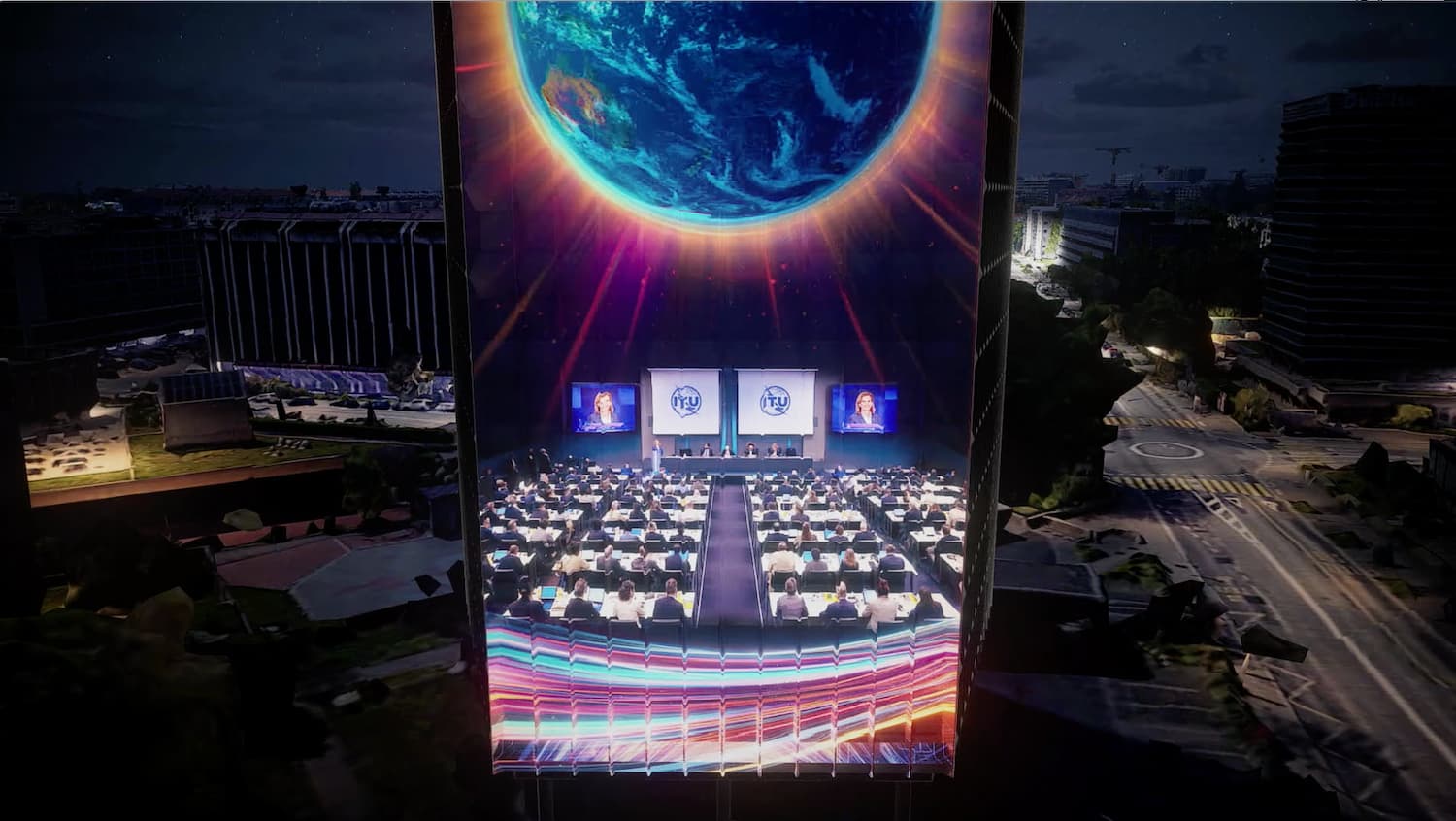
Connecting everyone everywhere remains my most ambitious goal.
But I am not alone.
I am a Union.
I am proud to count on 194 Member States and more than 1000 companies, universities and other organizations to advance technology for good and for all.
Like any global community, we don’t always agree on how to solve every problem.
But for 160 years, my members have managed to search for and find the best possible solution for all.
I thank you all from the bottom of my heart. Join us
But I am not alone.
I am a Union.
I am proud to count on 194 Member States and more than 1000 companies, universities and other organizations to advance technology for good and for all.
Like any global community, we don’t always agree on how to solve every problem.
But for 160 years, my members have managed to search for and find the best possible solution for all.
I thank you all from the bottom of my heart. Join us
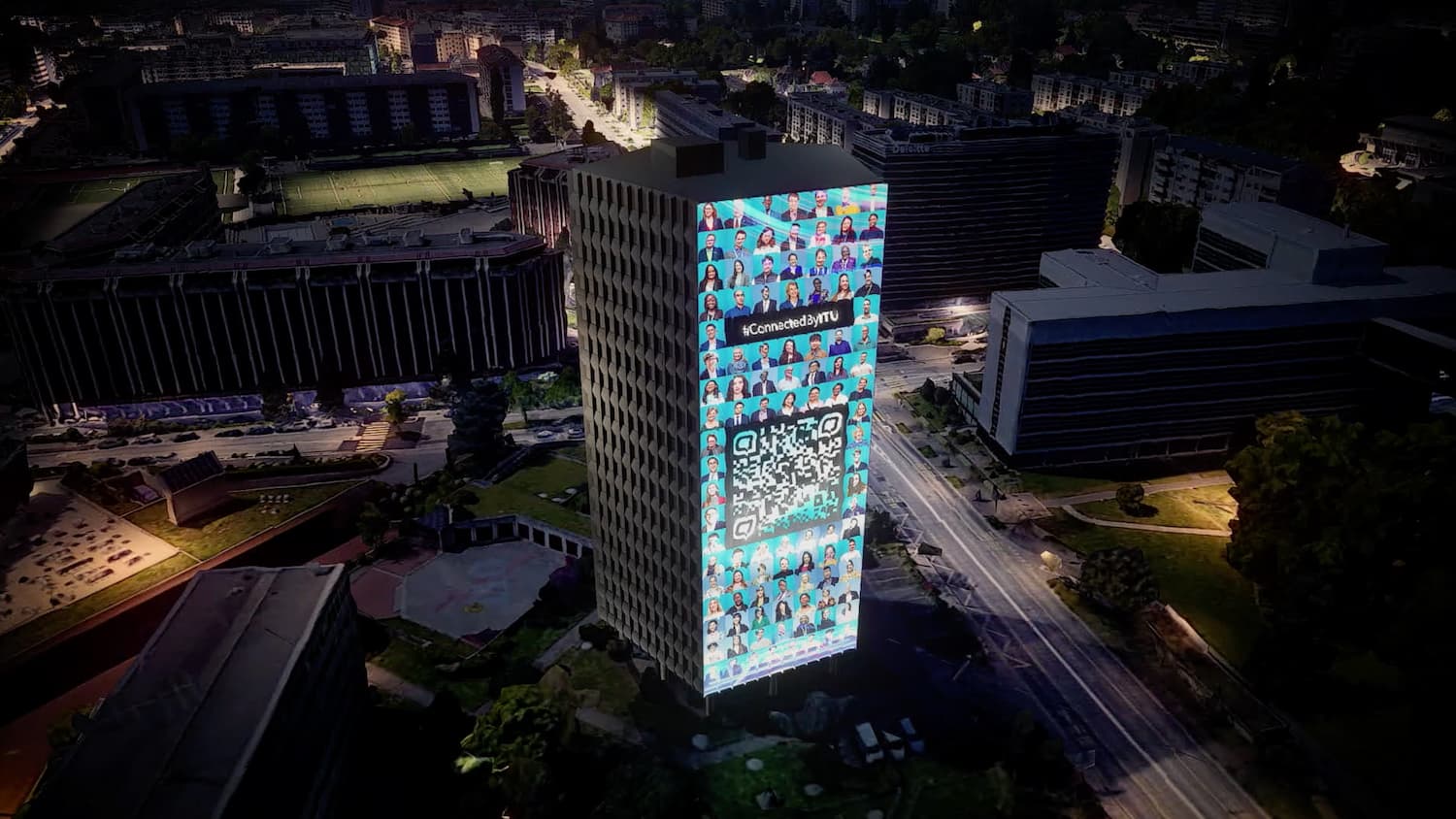
I can also count on my dedicated employees.
The people who turn vision into action every day.
They are the heartbeat of me, the International Telecommunication Union.
Be part of the ITU160 campaign
The people who turn vision into action every day.
They are the heartbeat of me, the International Telecommunication Union.
Be part of the ITU160 campaign
Engage with us!
We want to hear from you
Be a part of ITU’s milestone anniversary by sending your personal message. Share your birthday wish, a memory, or hopes for the future of digital connectivity and help us mark this special milestone!
